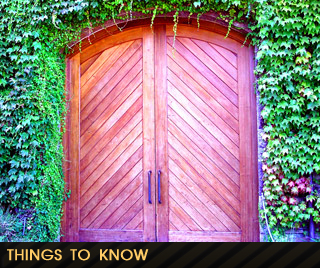
Choosing wineries
We like Napa wineries for their Bordeaux blends, and admire Sonoma’s cool-climate Pinot Noirs and Chardonnays.
Most of the wineries we recommend won’t be found in every supermarket from San Francisco to New York. We mostly focus on small production, handcrafted wines that are under the radar, with great potential and a story to tell.
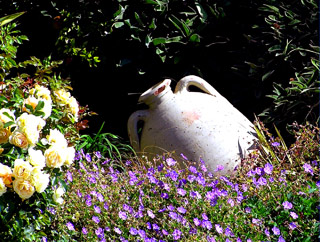
Choosing accommodations
Lodging in Napa Valley and Sonoma ranges from very good to luxurious. Not surprisingly, accommodation is expensive, despite recession discounts. To keep costs down, we recommend visiting in the fall and winter. Or arrive during the week and have the Valley and tasting rooms nearly to yourself. Weekends, with crowds from the Bay Area clogging Highway 29, are more stressful and less likely to provide the kind of experience you are looking for.
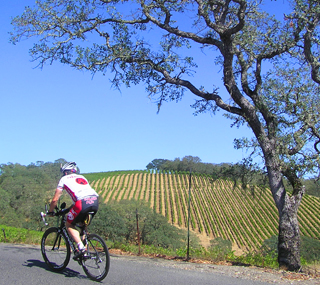
Choosing food
The food should be mostly local (“AOC”), fresh, well prepared, and graciously served.
It is very simple: we are pretty good cooks and when we look at the food experience the question is, “Can I do it better at home?” If the answer is yes, going to that restaurant is a waste of money and time.
Be aware
Napa and Carneros, like Sonoma County and the Russian River Valley, can be very hot in summer and rainy, foggy, and cool in winter. Take this into consideration and pack accordingly, with cool linens for summer and layers in winter.
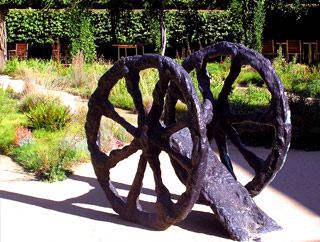
Best times to visit are from March to June, when spring has arrived and temperatures are comfortable, and October to November, after the last harvest when the Valley isn’t as congested.
Most wineries charge tasting fees that are usually credited to your purchase of a bottle of wine. We noted these details in the winery section of this guide when possible, but fees change so be aware.
Tastings are available at all the wineries we recommend. Hours vary, so please reference the winery section of this app before going.
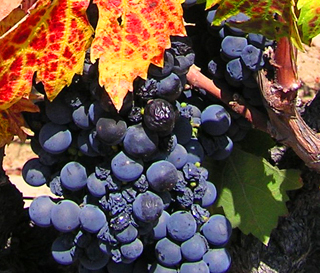
As you go through the day, you will consume a considerable amount of alcohol. While it might seem odd to spit wine rather than drink it, don’t feel embarrassed: use the spit bucket. Professional wine tasters can easily go through a hundred glasses of wine a day. The key to their survival is spitting, not drinking!
What to bring
Bring an insulated wine chest or carrier to protect your wines from the heat.
Bring lots of water to keep yourself hydrated!